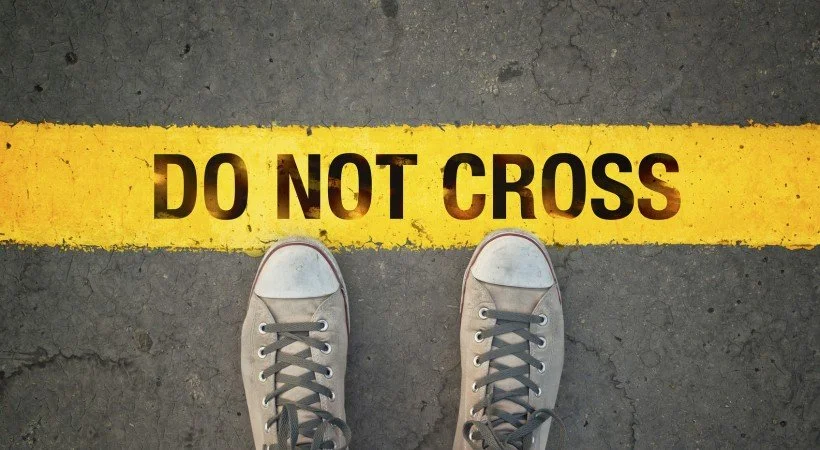Who Sets The Boundaries?
When we decide to go out to take photographs of something, or maybe even visit a studio, we vary rarely think of what genre of photography we are going to tackle? It could be you are just on a day out and looking to see what crops up or you may have a subject and goal in mind beforehand. In some instances your chosen subject may even dictate what equipment you take out with you in your bag.
Many photographers (especially amateurs), have the freedom to pursue any subject they wish, unlike pros who most of the time will probably have a brief and a paymaster or commission to satisfy. It may be that as amateurs we are shooting pictures to support a particular personal project but in the main its open season. When the work is presented to other photographers it may be that they will view them as landscapes, portraits, sport etc images. They will have compartments in their mind as to what fits into what category. Sometimes that can be a bit subjective though and we might not always agree on what genre the shot should fall within. For example, if a model is photographed in a poppy field, is it a portrait or landscape shot? Does it even matter? Some consider the boundaries we set in our minds to be all imaginary lines in the sand and that they are there to be erased and re-drawn whenever it suits us.
If you have been reading my blog regularly, or looked through my portfolio galleries, you will have seen that I predominantly photograph the streets. This genre of photography is not without its issues when it comes to determining what is and what isn’t street photography. Since there are no written rules on this it leaves the definition open to wide interpretation. Britannica defines it as;
“street photography, a genre of photography that records everyday life in a public place.”
As a guide it is rather good I think. It doesn’t specify that the image has to be taken on the street and to me “everyday life” excludes set up or contrived images. It should be about communicating reality without manipulation in my opinion
So what happens when someone bends or distorts the definition and presents a street photography image that challenges what we expect to see as street photography. This happened to me recently when looking through the winners of the“lensCulture 2021 Street Photography Awards”. There was an image that earned a judges commendation and it really surprised me. This is the image and the comments from the judge on why it was given the award

